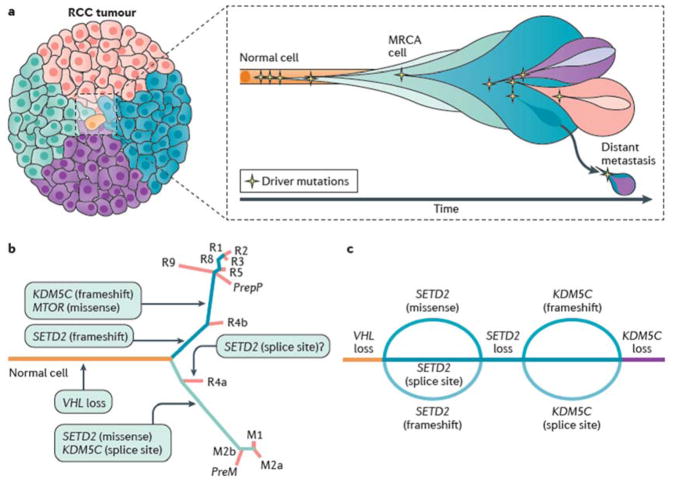Figure 4. Cancer evolution and tumour heterogeneity in ccRCC.
Although VHL mutation and 3p loss of heterozygosity are early events that are evident in all clear cell renal cell carcinoma (ccRCC) cells regardless of the region of the tumour sampled, common driver mutations (for example, SETD2, MTOR and KDM5C mutations) are present heterogeneously — suggestive of subclonal evolution of the tumour. a | Cancer subclones originate from the most recent common ancestor cell (MRCA) in which a normal cell acquires all functional capacities to become cancer cell. b | Genomic heterogeneity can result from the sequential, parallel accumulation of mutations, contributing to the heterogeneity and the evolution of ccRCC. In this example, ‘R’ represents the genomic characteristics of the primary tumour and ‘M’ represents the genomic characteristics of the metastatic sites, numbered accordingly. The major genetic lesions acquired after VHL mutation feature in different samples and are indicated on the branches. c | However, some evidence suggests that tumours can converge by way of parallel evolution. Here, a hypothetical beaded river model depicts the sequential convergence of SETD2 and KDM5C mutations through different spatiotemporally distinct genetic events.

